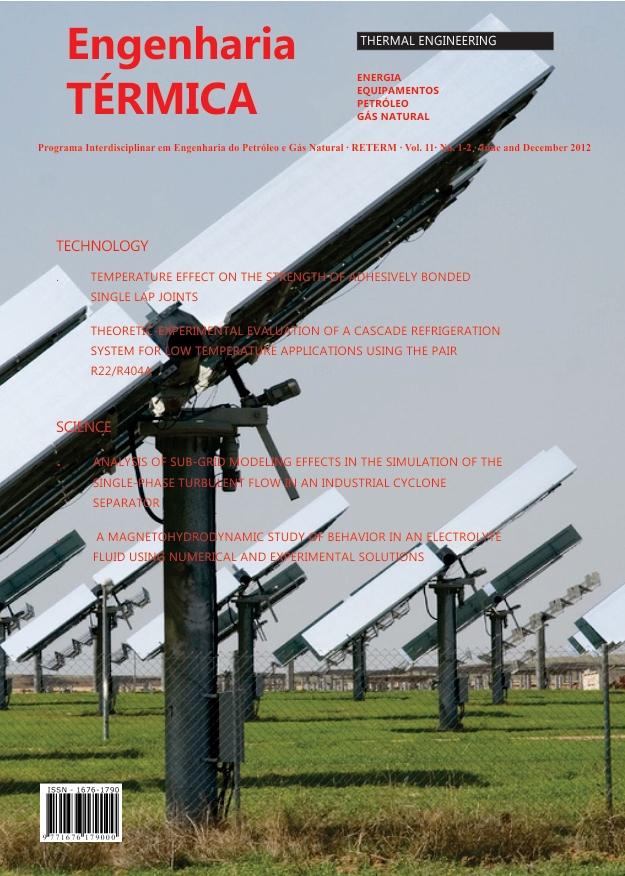MODELING THE WIND INFLUENCE IN AN OIL SPILL ALONG THE SOUTHERN BRAZILIAN SHELF
DOI:
https://doi.org/10.5380/reterm.v11i1-2.62008Keywords:
oil spill, numerical modeling, wind influenceAbstract
Oil spills can generate different effects in different time scales on the marine ecosystem. The numerical modeling of this process is an important tool with low computational cost which provides a powerful appliance to environmental agencies regarding the risk management. In this way, the objective of this work is evaluate the local wind influence in a hypothetical oil spill along the Southern Brazilian shelf. The numerical simulation was carried using the ECOS model (Easy Coupling Oil System), an oil spill model developed at the Universidade Federal do Rio Grande – FURG, coupled with the tridimensional hydrodynamical model TELEMAC3D (EDF, France). The hydrodynamic model provides the velocities, salinity and temperature fields used by the oil spill model to evaluate the behavior and fate of the oil. The results suggest that the local wind influence are the main forcing driven the fate of the spilled oil. The direction and intensity of the currents are important controlling the behavior and the tridimensional transportation of the oil, on the other hand, the turbulent diffusion is important for the horizontal drift of the oil. The weathering results indicate 40% of evaporation and 80% of emulsification, and the combination of these processes leads an increasing of the oil density around 53.4 kg/m³ after 5 days of simulation.
Downloads
Published
How to Cite
Issue
Section
License
Direitos Autorais para artigos publicados nesta revista são do autor, com direitos de primeira publicação para a revista. Em virtude da aparecerem nesta revista de acesso público, os artigos são de uso gratuito, com atribuições próprias, em aplicações educacionais e não-comerciais.



